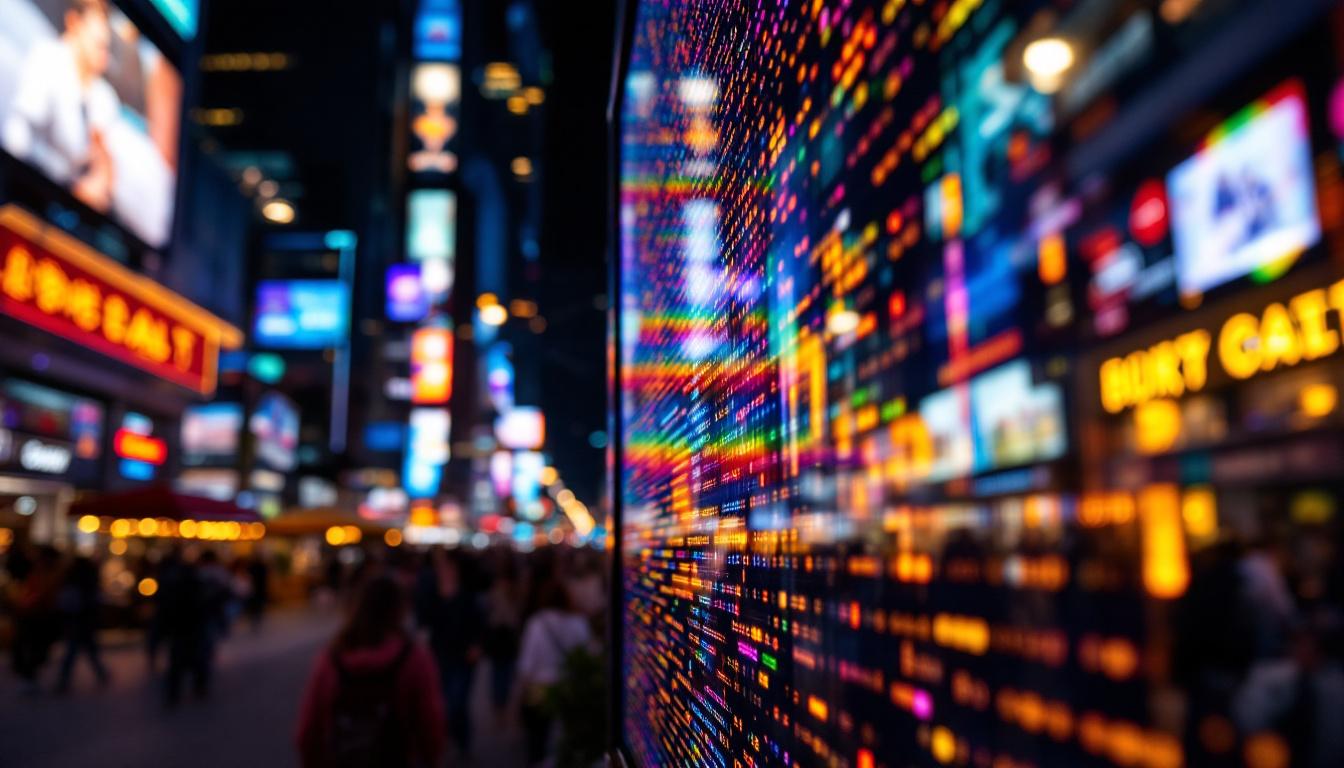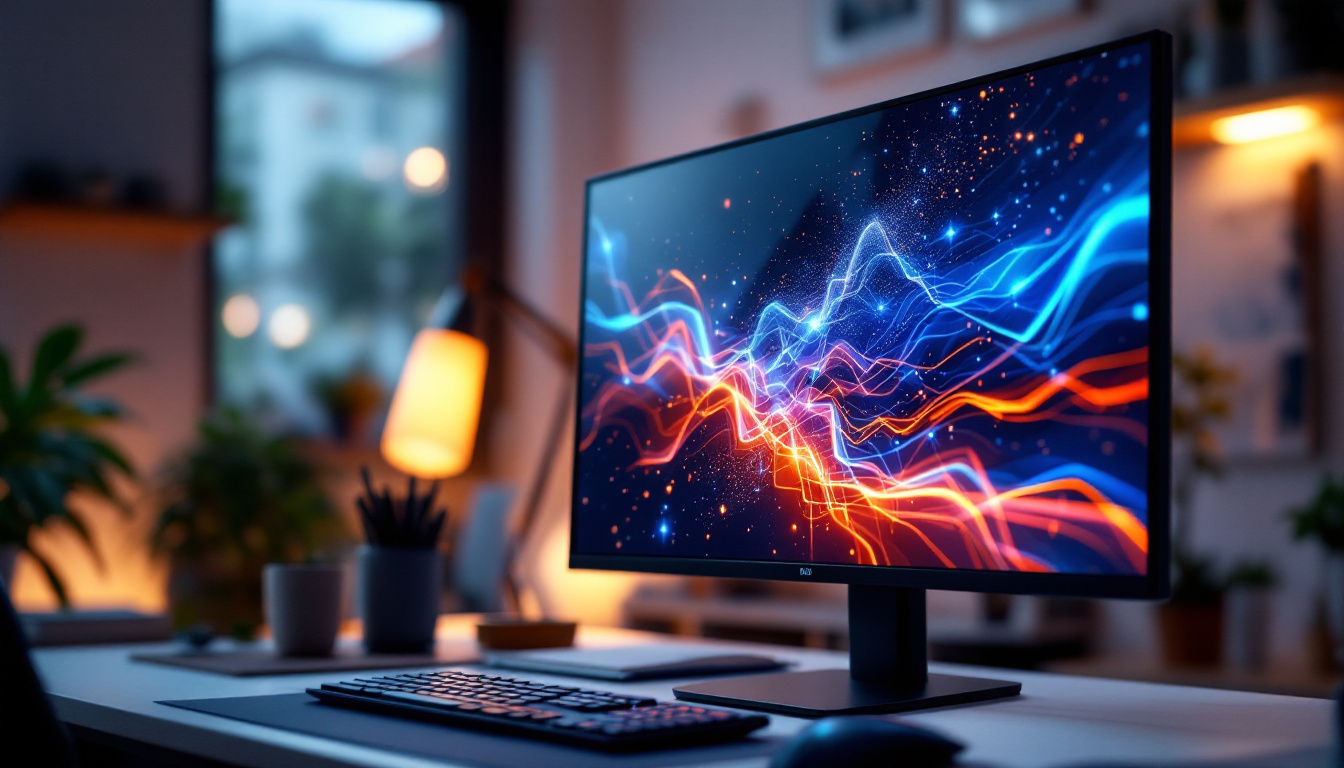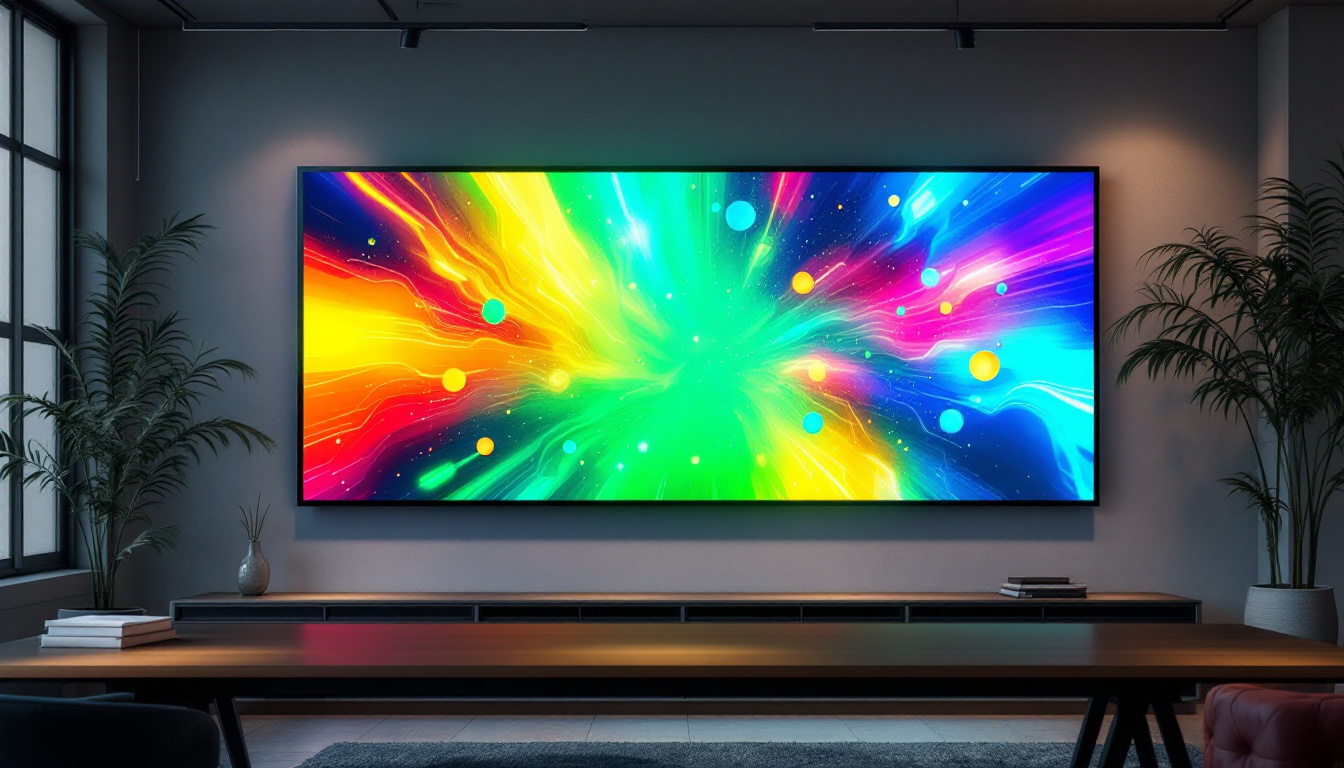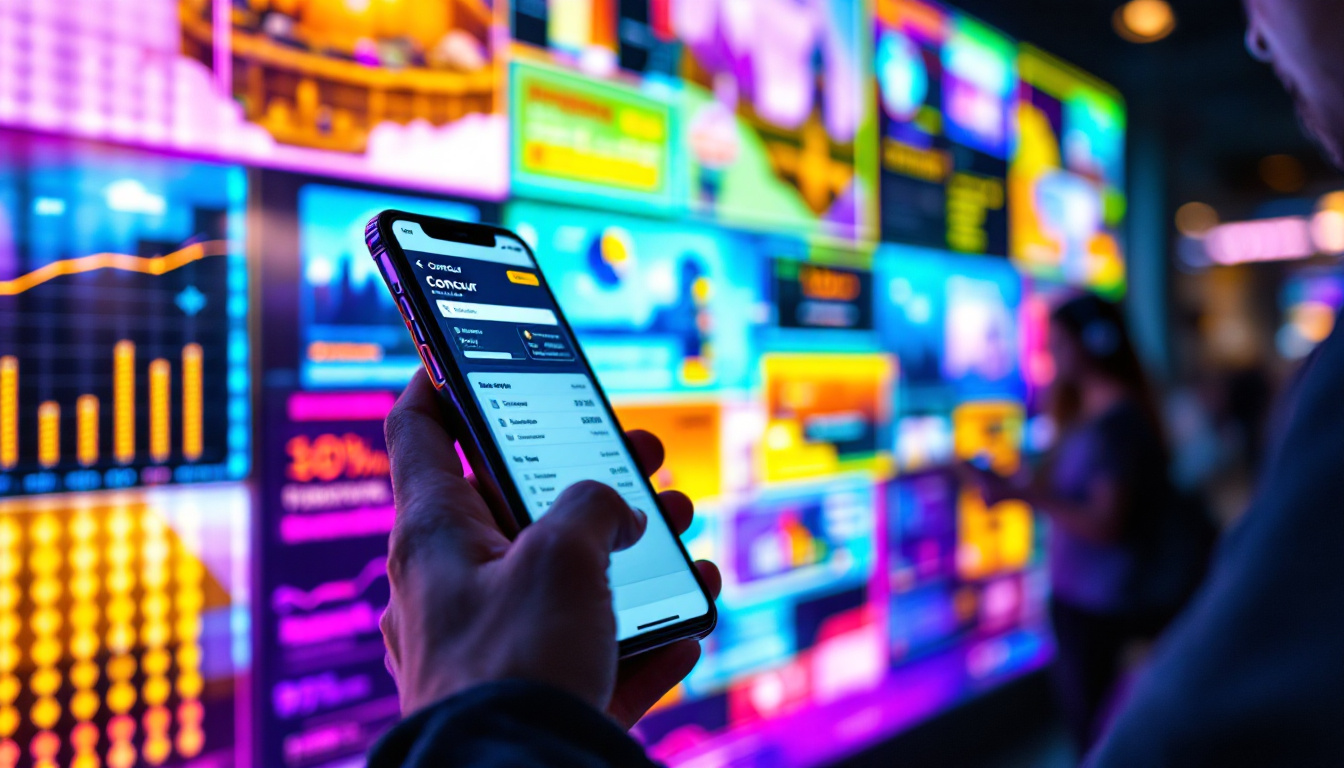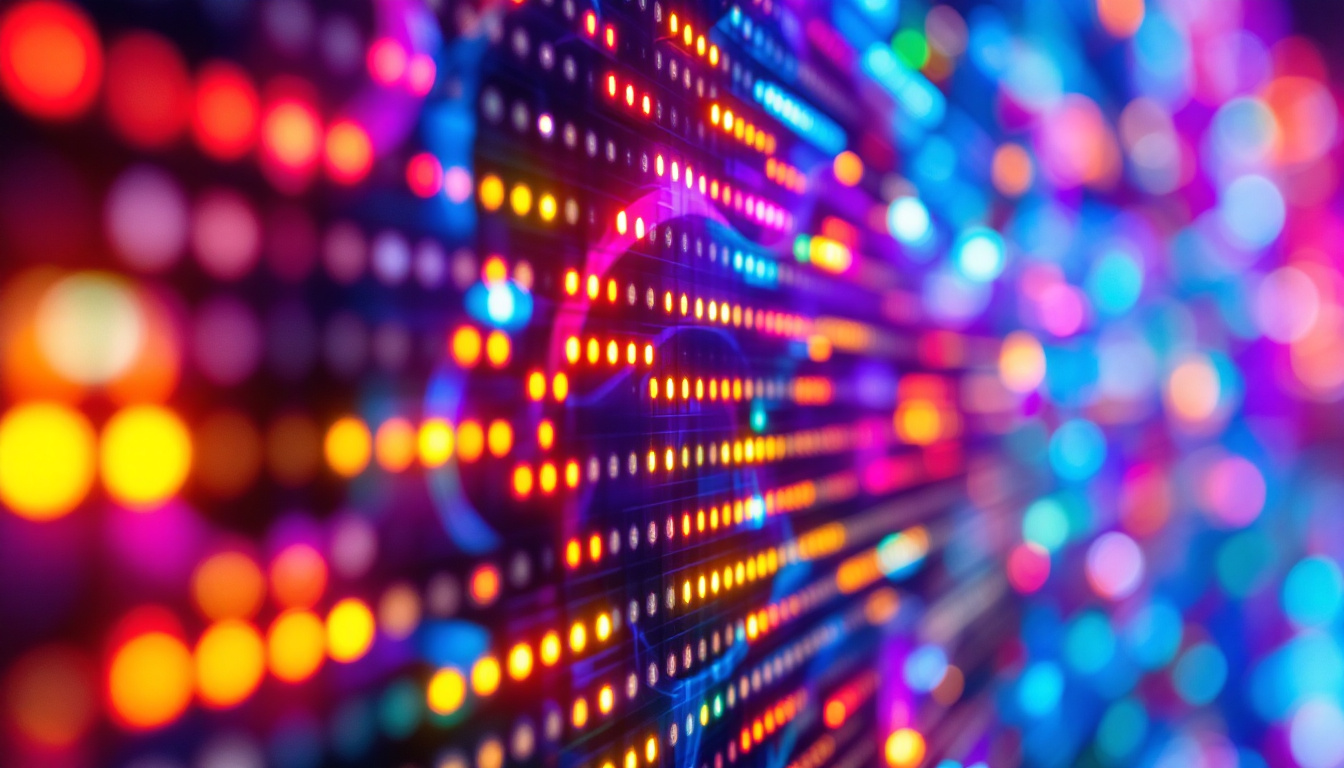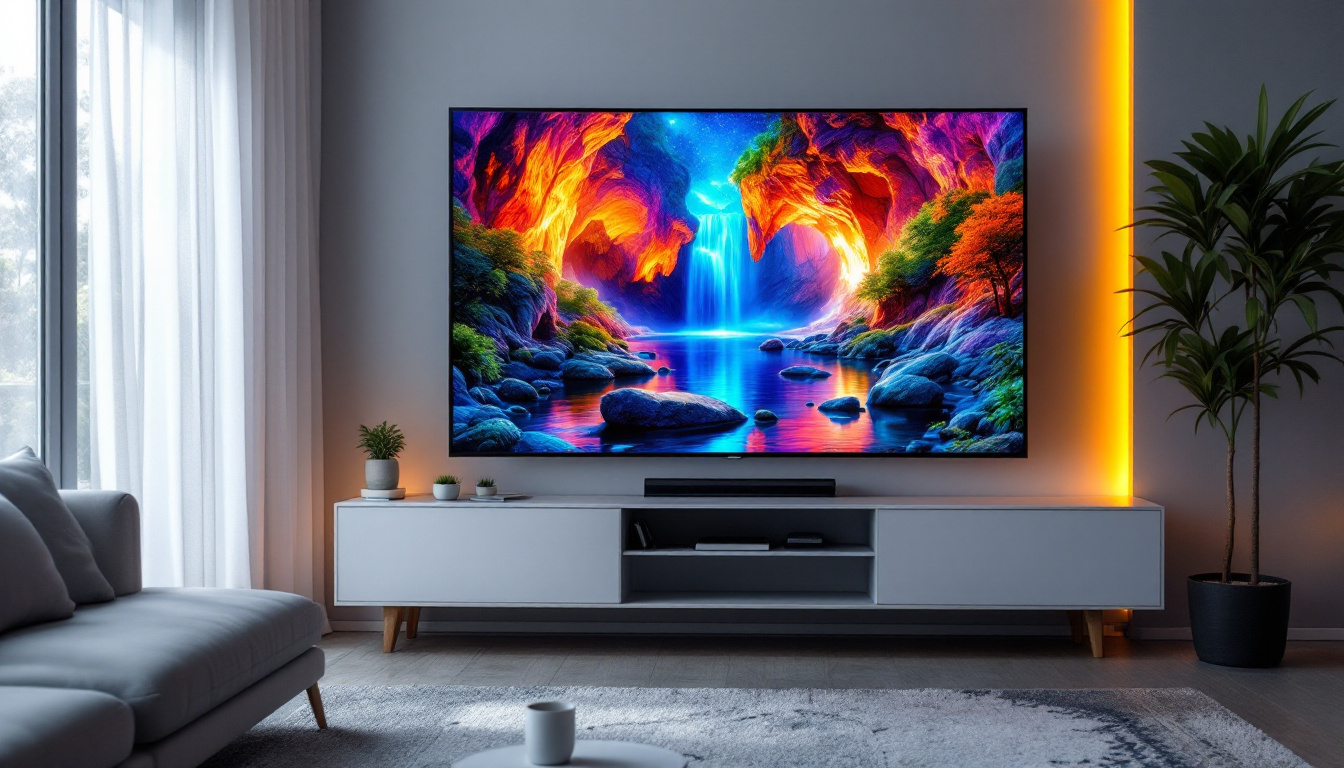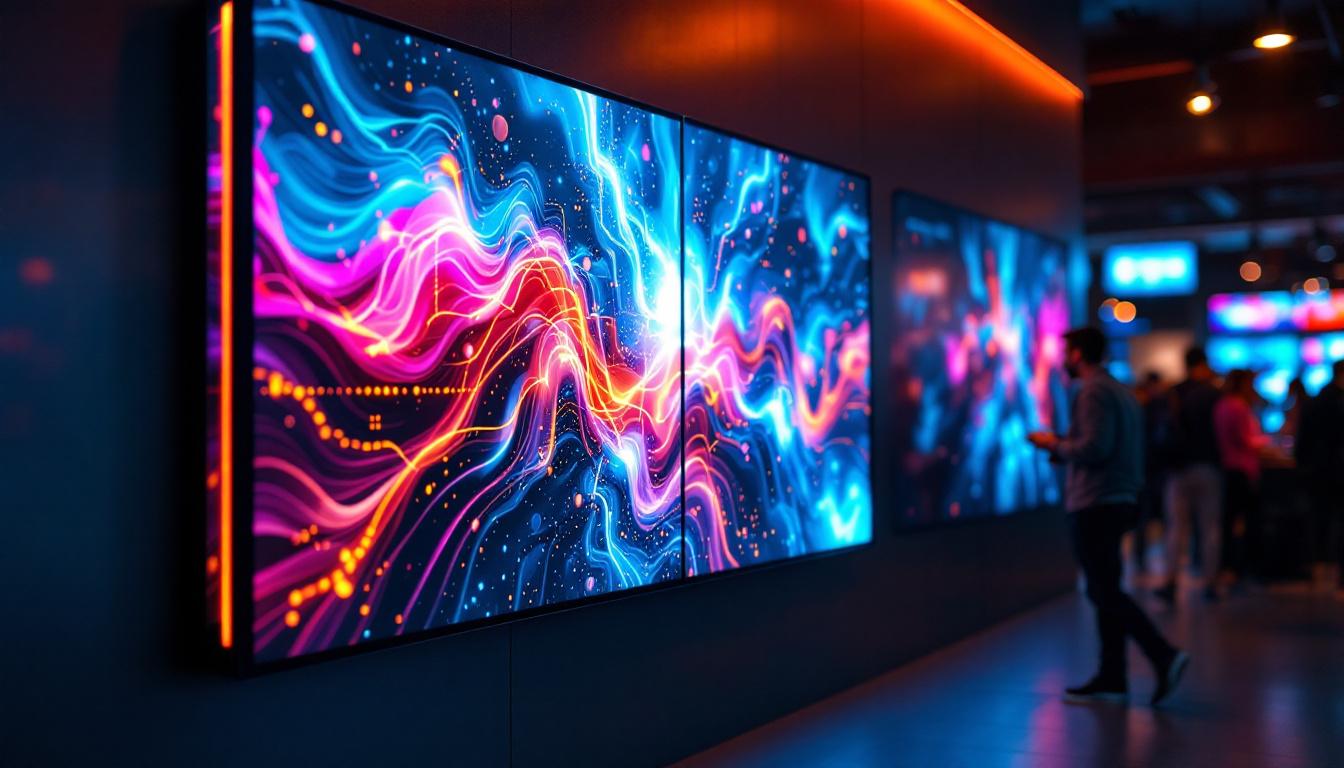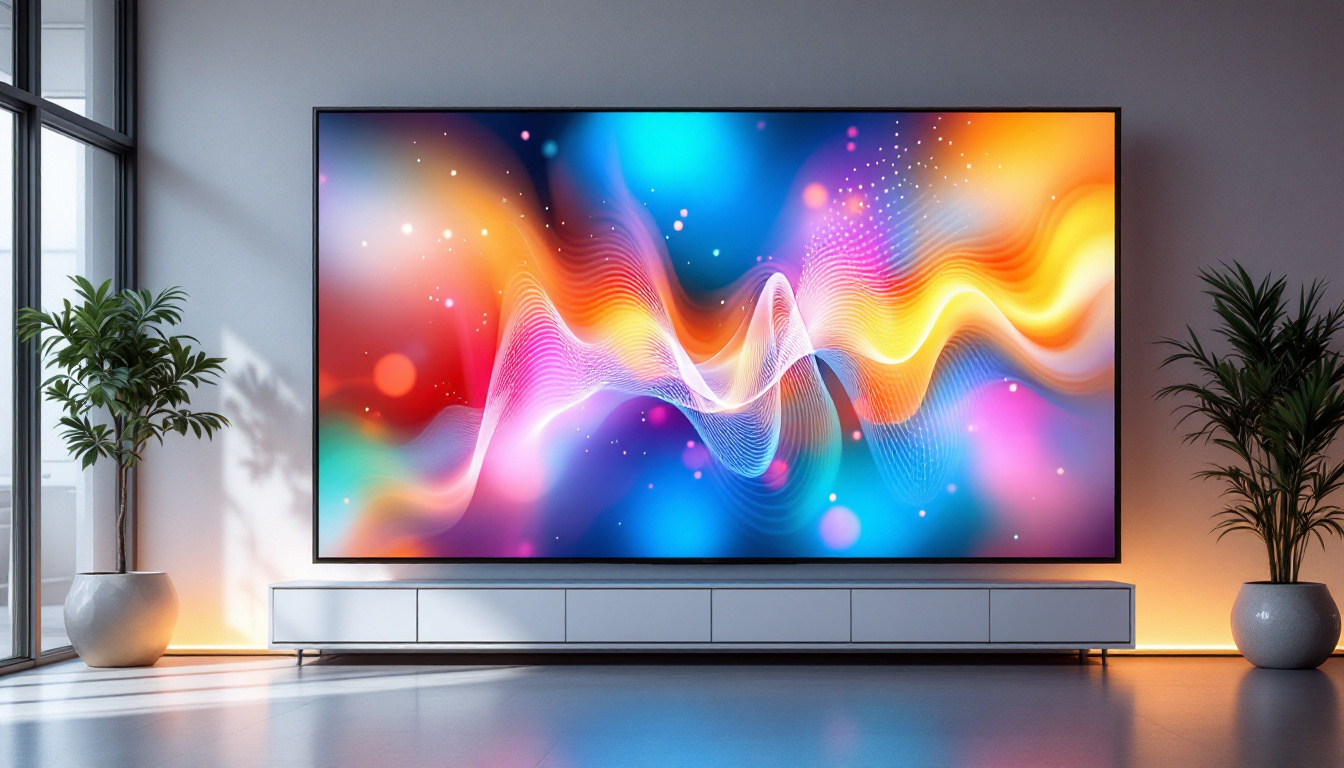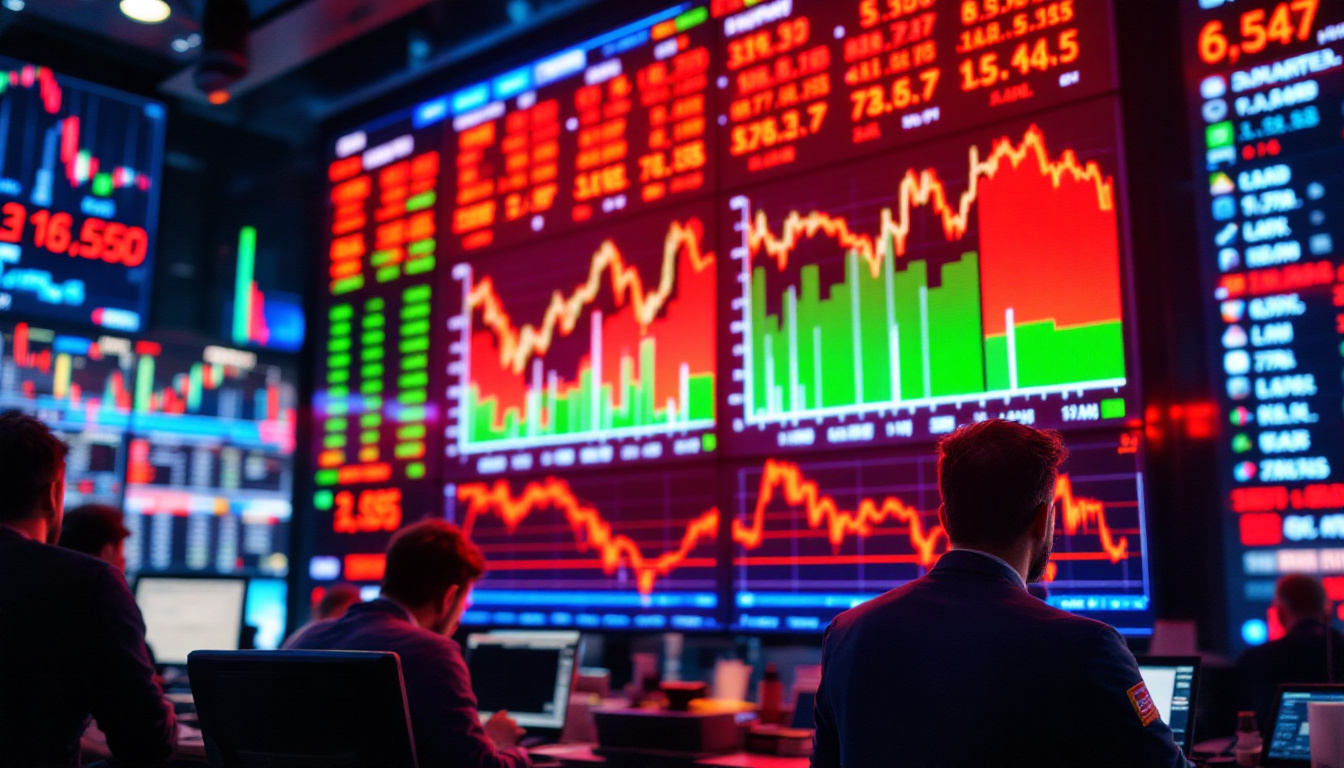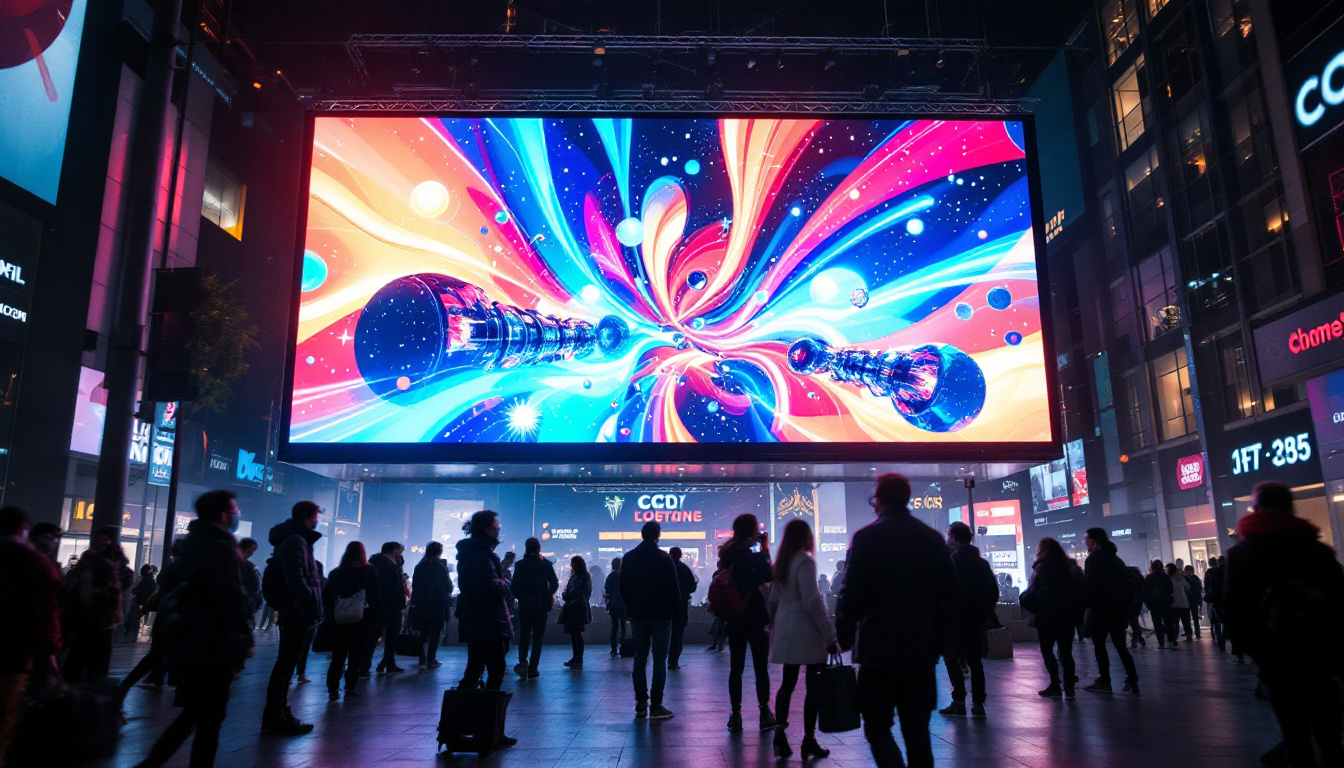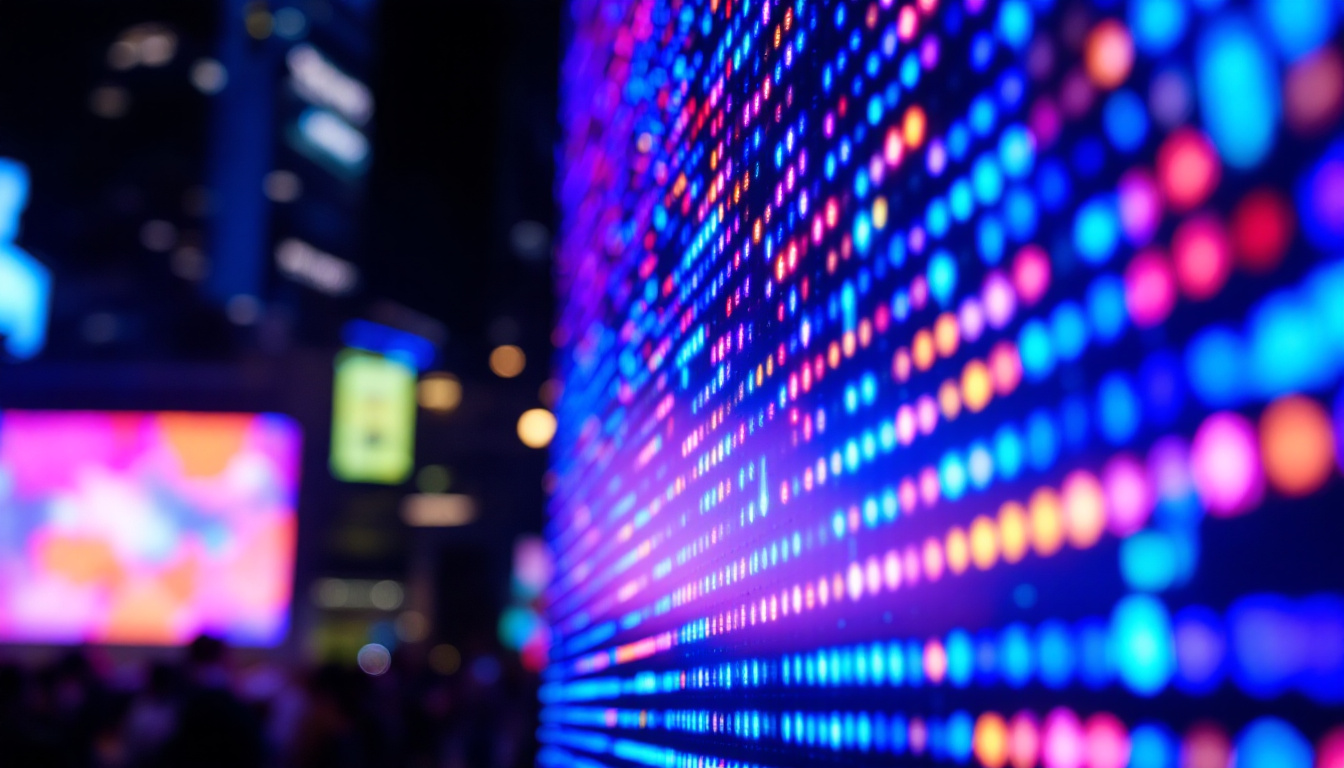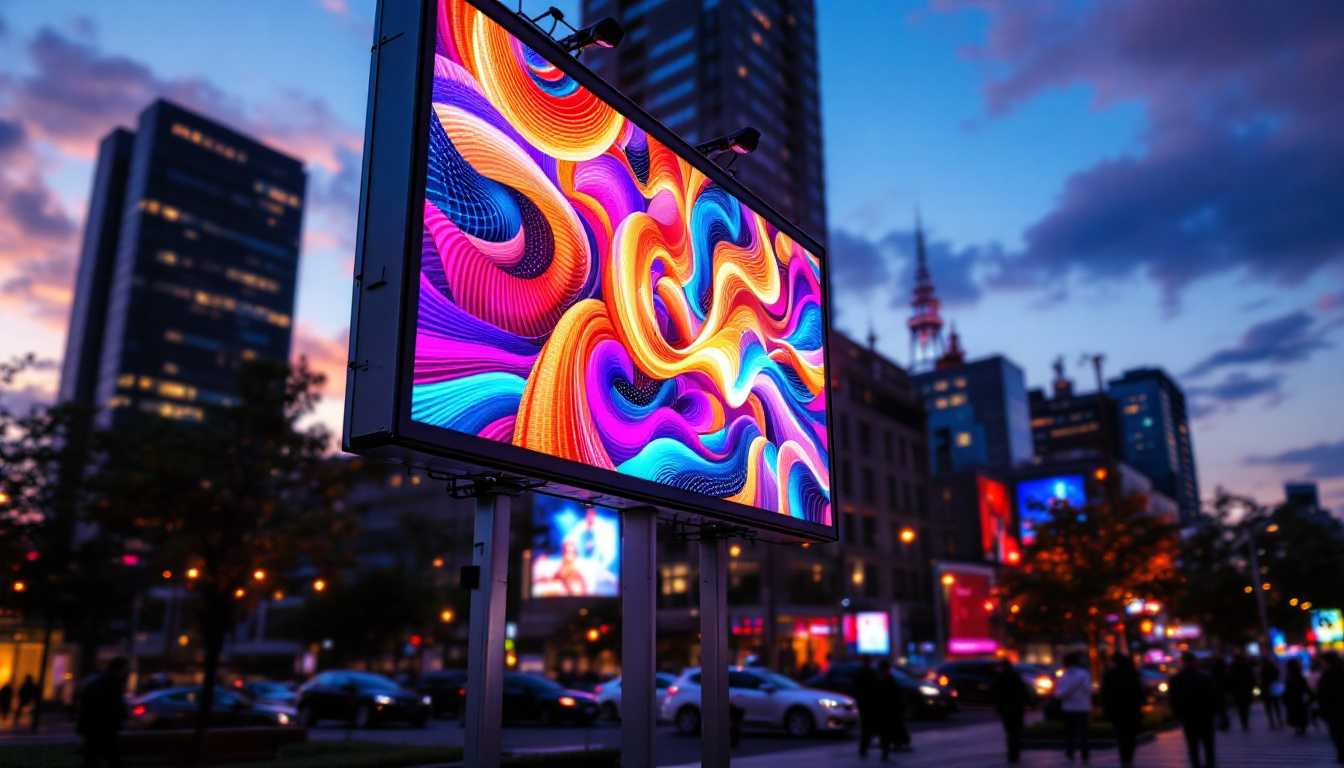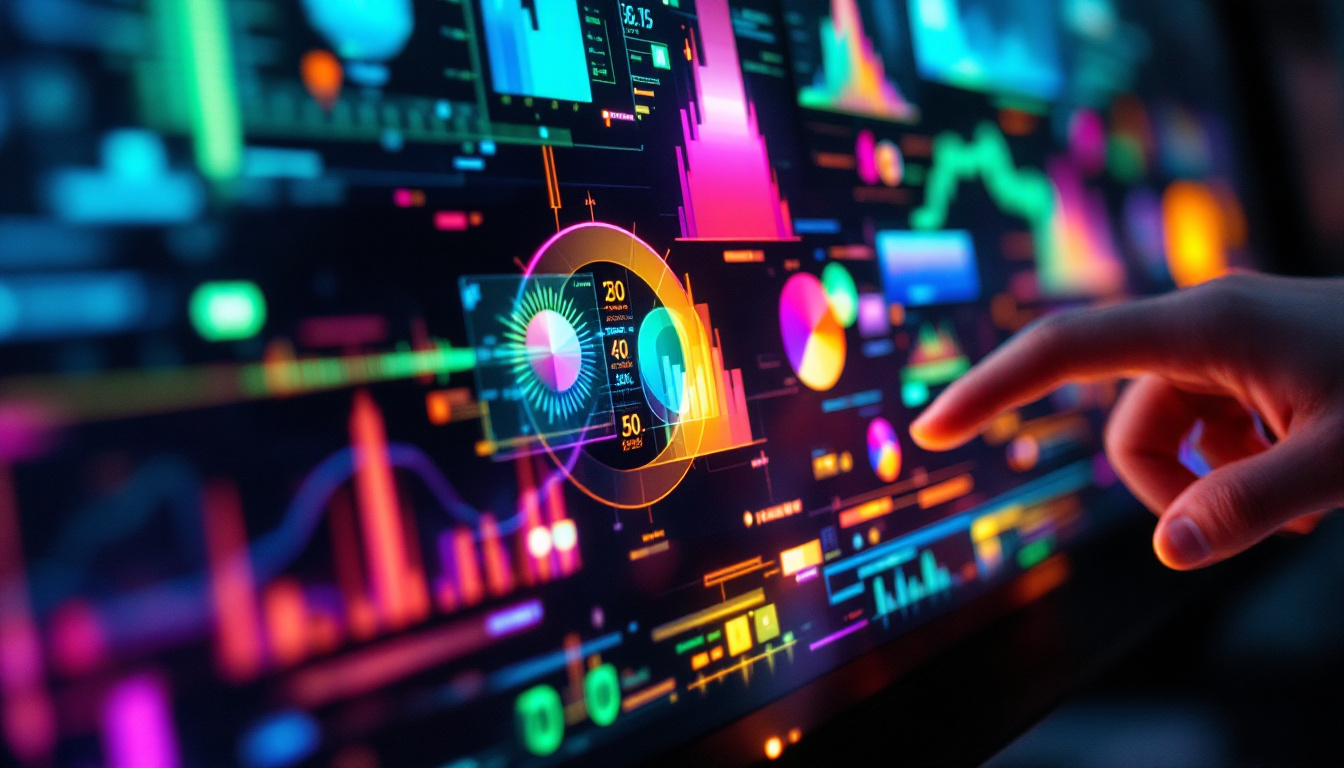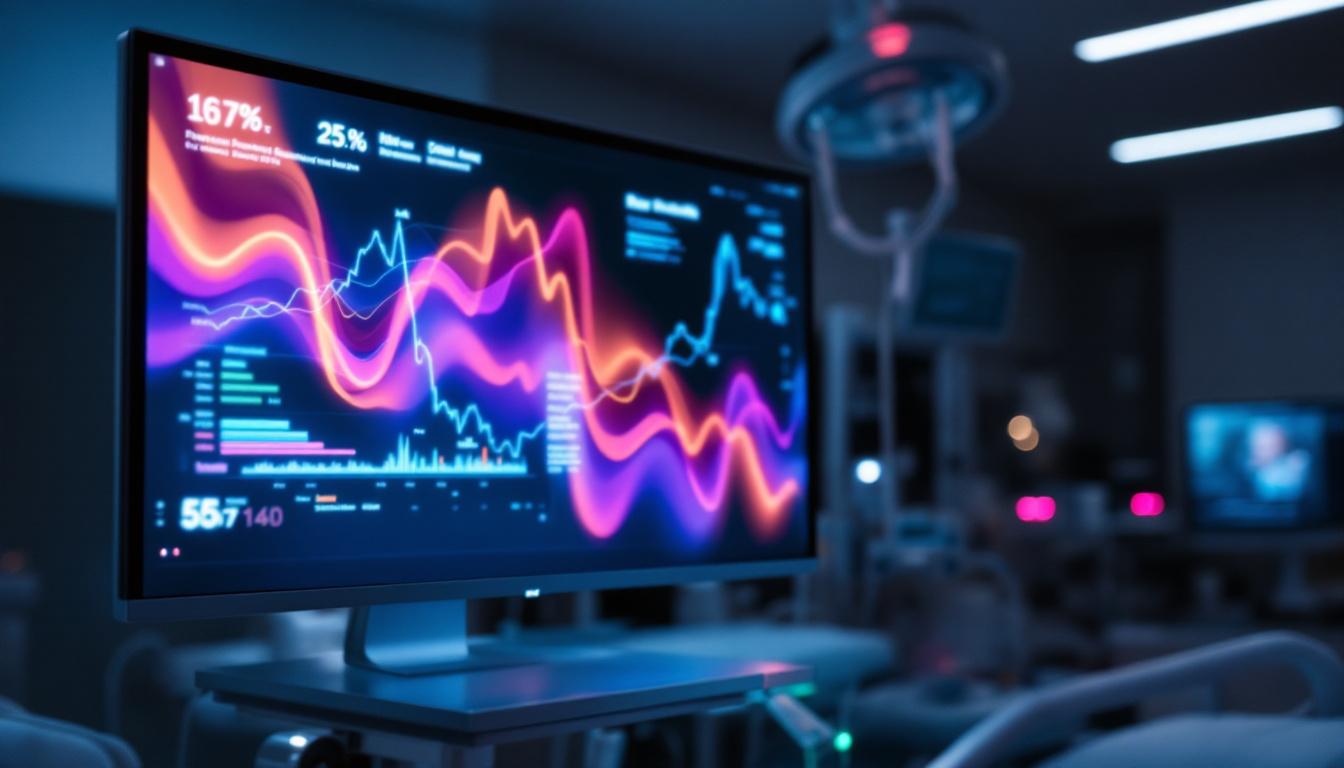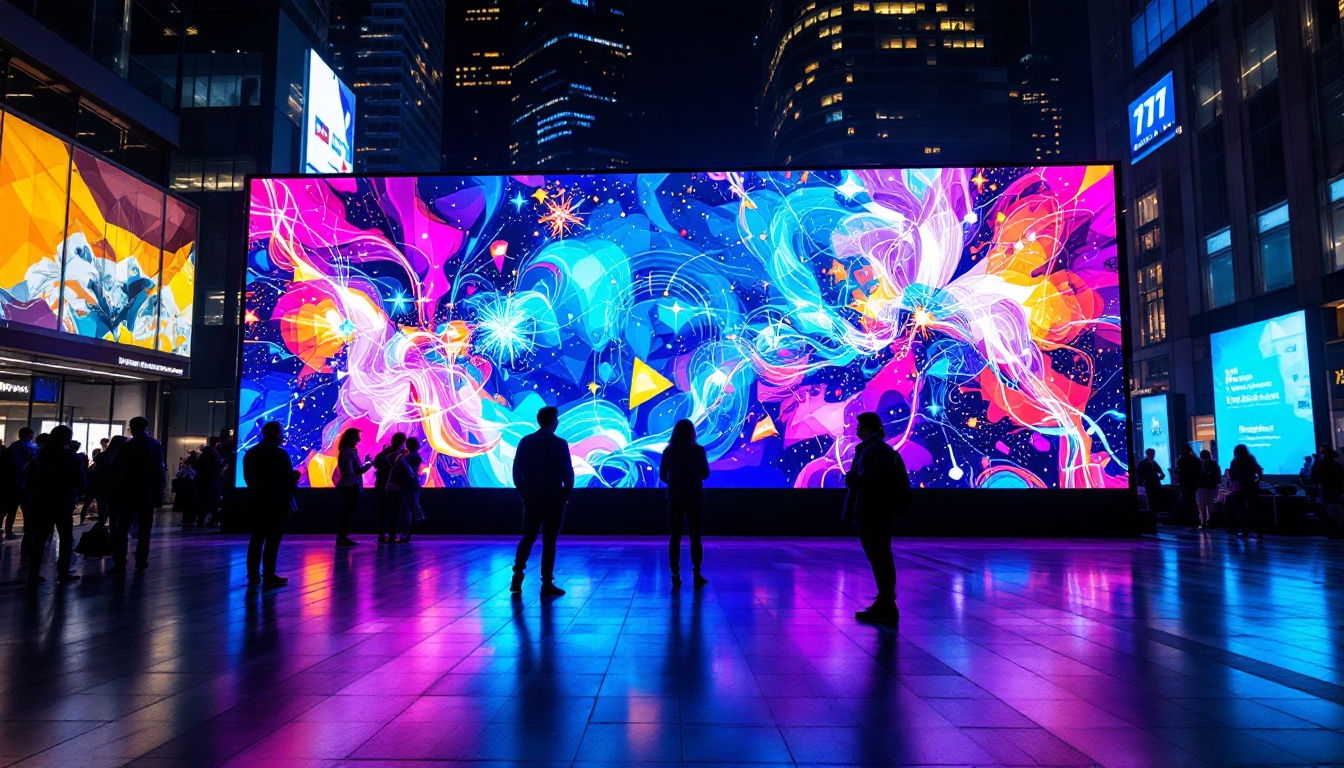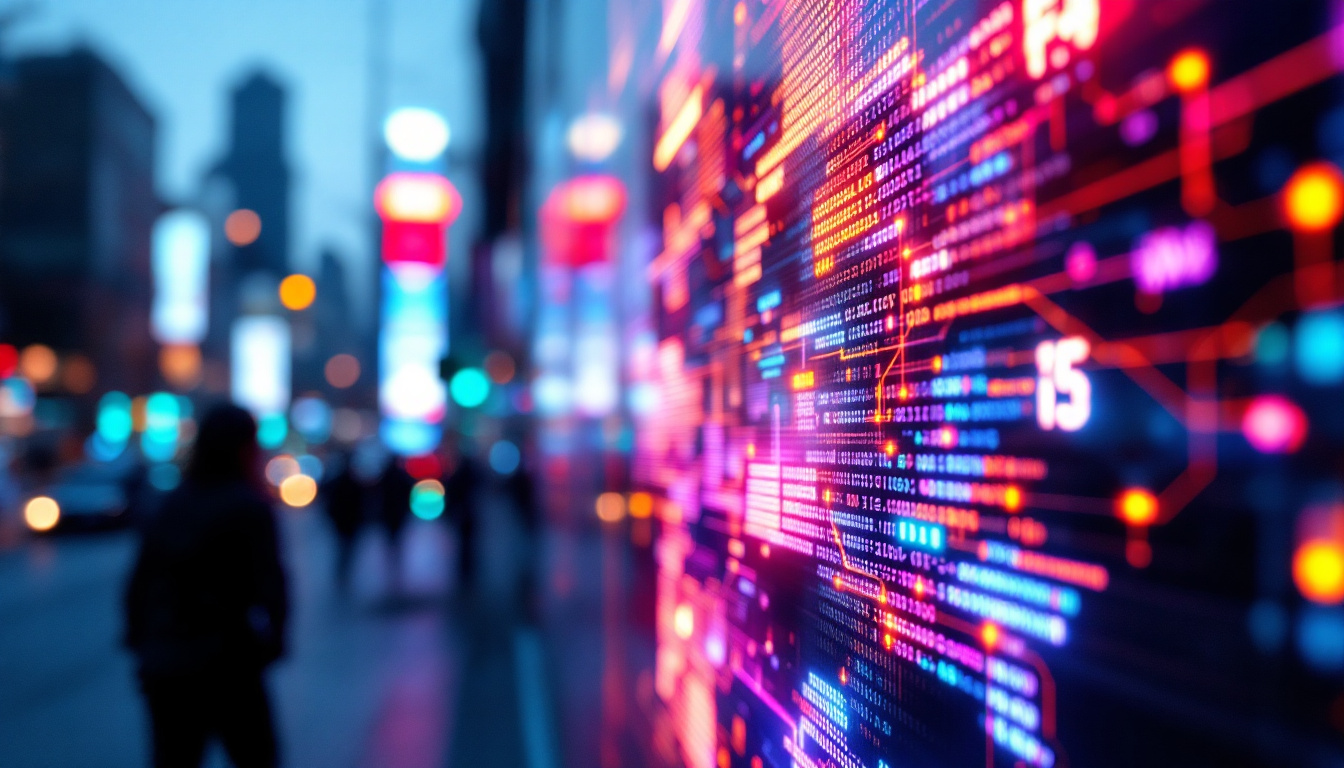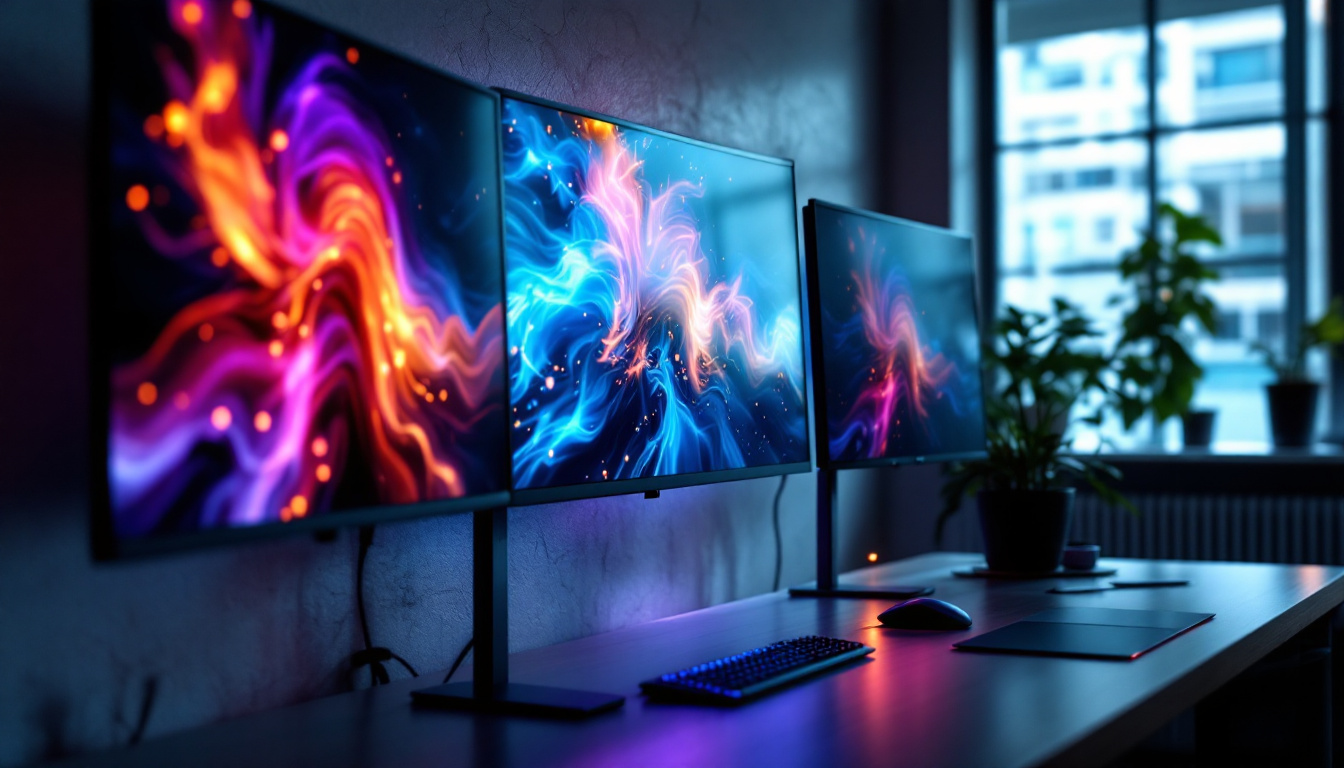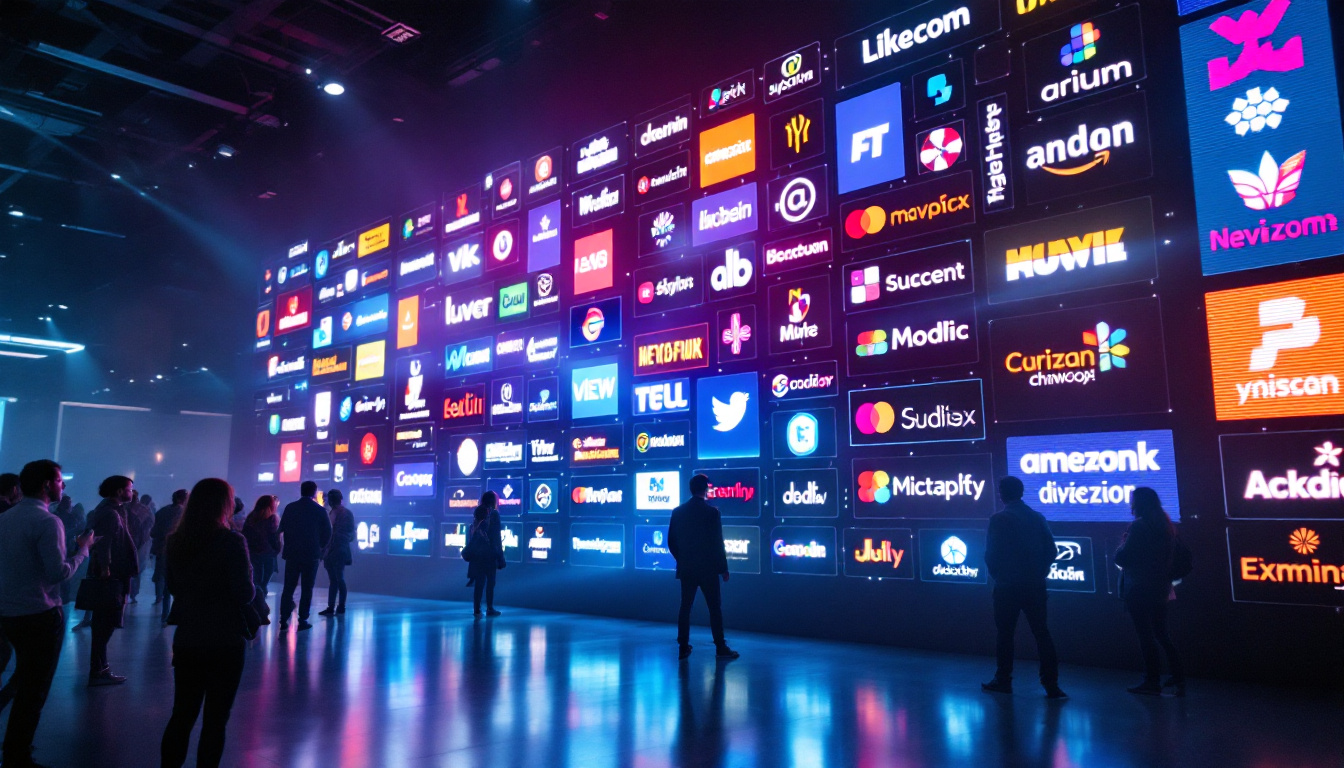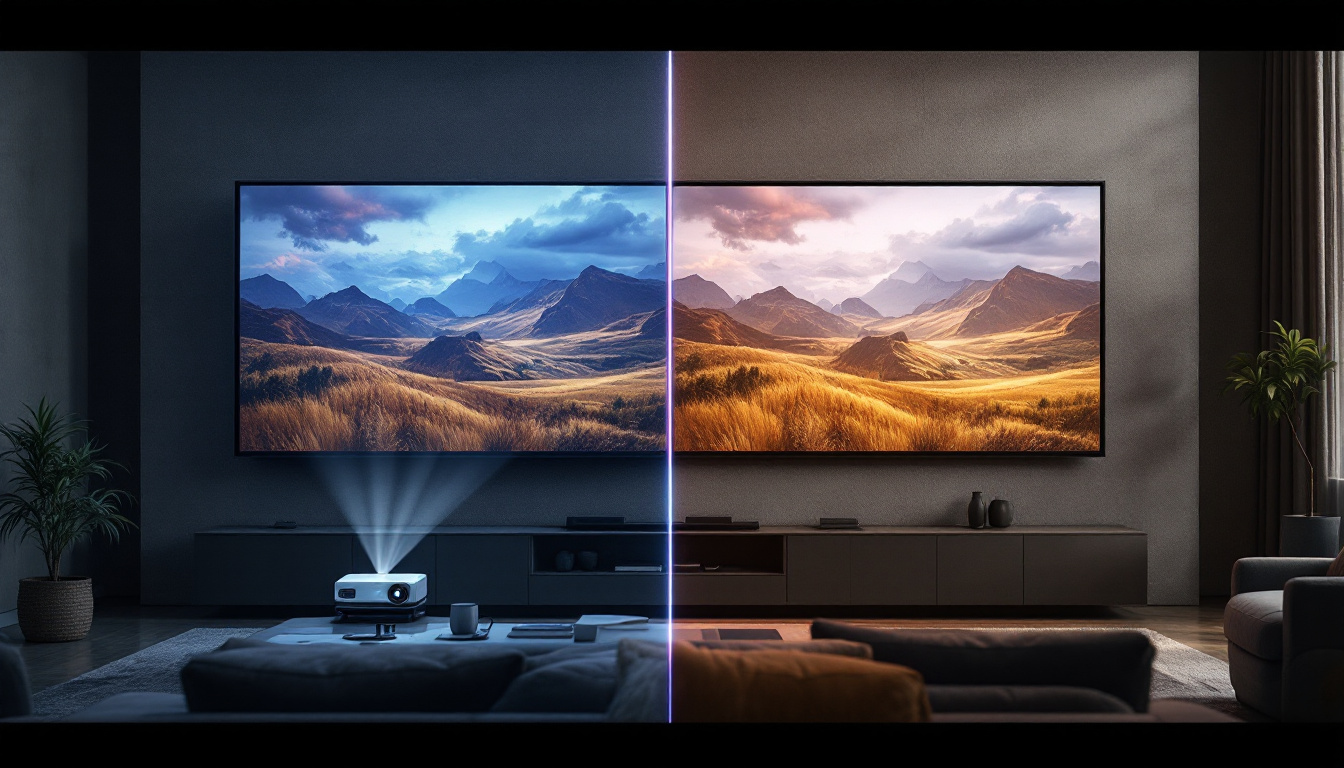In today’s fast-paced digital world, LED displays have become a cornerstone for businesses, advertisers, and event organizers seeking to captivate audiences with vibrant, dynamic visuals. From towering billboards in Times Square to sleek digital signage in retail stores, LED technology offers unparalleled brightness, versatility, and energy efficiency. However, achieving a superior installation that maximizes the potential of LED displays requires a deep understanding of the technology, design considerations, and installation best practices.
This comprehensive guide explores the essentials of LED displays, their advantages, and the critical factors that contribute to superior installations. Whether you are a business owner considering digital signage or a professional installer aiming for excellence, this article will provide valuable insights to help you make informed decisions.
Understanding LED Display Technology
What is an LED Display?
LED stands for Light Emitting Diode, a semiconductor device that emits light when an electric current passes through it. An LED display is a flat panel that uses an array of these diodes to create images or videos. Unlike traditional LCD or projection screens, LED displays emit their own light, resulting in brighter and more vivid visuals that are easily visible even in direct sunlight.
LED displays can be categorized into two main types: indoor and outdoor. Indoor LED displays typically have a higher pixel density for closer viewing distances, while outdoor LED displays are designed to withstand weather conditions and offer high brightness levels to combat ambient light. The versatility of LED technology allows it to be used in various applications, from advertising billboards to sports arenas and concert stages, making it a popular choice for both commercial and entertainment purposes.
Key Components of LED Displays
An LED display is composed of several critical components, including:
- LED Modules: These are the building blocks of the display, consisting of clusters of LEDs arranged in a grid.
- Driver ICs: Integrated circuits that control the current to each LED, ensuring accurate color and brightness.
- Control System: Hardware and software that process input signals and manage the display content.
- Power Supply: Converts electrical power to the appropriate voltage and current for the LEDs.
- Cabinet or Frame: The physical structure housing the modules, designed for durability and ease of maintenance.
In addition to these primary components, LED displays often incorporate advanced cooling systems to manage heat generated by the diodes during operation. This is crucial for maintaining performance and prolonging the lifespan of the display. Furthermore, many modern LED displays feature modular designs, allowing for easy upgrades and repairs, which is particularly beneficial for large installations where downtime must be minimized.
How LED Displays Work
Each LED in the display emits light of a specific color—typically red, green, or blue. By varying the intensity of these three colors at each pixel, the display can produce a broad spectrum of colors. The control system synchronizes the LEDs to form images or videos, refreshing the screen multiple times per second to create smooth motion.
Advancements in LED technology, such as mini-LED and micro-LED, are pushing the boundaries of resolution and brightness, enabling even more detailed and immersive visual experiences. Mini-LED technology utilizes smaller LEDs to enhance contrast and color accuracy, while micro-LEDs take this a step further by allowing for individual pixel control, resulting in exceptional image quality and energy efficiency. These innovations are paving the way for future applications, including flexible displays and augmented reality systems, revolutionizing how we interact with visual media.
The Advantages of LED Displays
Brightness and Visibility
One of the most significant advantages of LED displays is their exceptional brightness. Outdoor LED screens can reach brightness levels of up to 10,000 nits, making them easily visible even in direct sunlight. This capability is crucial for advertising billboards, sports arenas, and transportation hubs where visibility is paramount.
Indoor LED displays also benefit from high brightness, which enhances image clarity and color vibrancy, creating an engaging viewer experience in retail environments, corporate lobbies, and control rooms.
Energy Efficiency and Longevity
Compared to traditional lighting and display technologies, LEDs consume significantly less power. This energy efficiency translates to lower operating costs and a reduced environmental footprint. For example, an LED billboard can use up to 75% less energy than a comparable neon sign.
Additionally, LED displays boast long lifespans—often exceeding 100,000 hours of operation—which reduces maintenance frequency and replacement costs. This durability is especially valuable for installations in hard-to-access locations.
Flexibility and Customization
LED displays offer remarkable flexibility in terms of size, shape, and resolution. They can be configured as massive video walls, curved screens, or even transparent panels integrated into architectural designs. Pixel pitch—the distance between individual LEDs—can be adjusted to suit viewing distances, ensuring optimal image quality whether the audience is a few feet or several hundred feet away.
This adaptability makes LED displays suitable for a wide range of applications, from intimate retail signage to large-scale outdoor advertising and immersive event backdrops.
Critical Factors for Superior LED Display Installations
Site Assessment and Environmental Considerations
A successful LED display installation begins with a thorough site assessment. Understanding the physical environment, ambient lighting conditions, viewing angles, and audience distance is essential for selecting the right display specifications.
Outdoor installations must account for weather exposure, including rain, wind, temperature fluctuations, and dust. IP ratings (Ingress Protection) indicate the level of protection against these elements, with IP65 or higher generally recommended for outdoor LED displays.
Choosing the Right Pixel Pitch
Pixel pitch is a critical factor that directly impacts image clarity and viewing experience. It refers to the distance between the centers of two adjacent pixels, measured in millimeters. A smaller pixel pitch means higher resolution and finer detail, but also higher cost.
For example, an indoor display intended for close-up viewing might use a pixel pitch of 1.2mm to 2.5mm, while an outdoor billboard viewed from a distance of 50 meters or more might use a pixel pitch of 10mm or greater. Selecting an appropriate pixel pitch ensures the content is sharp and legible without unnecessary expense.
Structural Support and Mounting
LED displays can be heavy and require robust structural support. Engineers and installers must evaluate the mounting surface’s load-bearing capacity and design custom frames or rigging systems as needed. Safety is paramount, especially for large outdoor installations exposed to wind loads.
Proper ventilation and heat dissipation are also critical to prevent overheating, which can degrade performance and shorten the lifespan of the LEDs.
Electrical and Data Connectivity
Reliable power supply and data connectivity are vital for uninterrupted operation. LED displays demand stable electrical input with surge protection to prevent damage from voltage spikes.
Data transmission methods vary, including wired Ethernet, fiber-optic cables, and wireless solutions. High-quality cabling and connectors reduce signal loss and latency, ensuring smooth, high-definition content playback.
Calibration and Content Management
After installation, calibration aligns color and brightness across the entire display, creating a uniform and visually pleasing image. Advanced calibration tools and software help technicians adjust settings to compensate for LED aging and environmental factors.
Content management systems (CMS) enable operators to schedule, update, and monitor display content remotely. A user-friendly CMS is essential for maximizing the display’s impact and maintaining operational efficiency.
Applications of LED Displays in Various Industries
Advertising and Marketing
LED displays revolutionize advertising by delivering dynamic, eye-catching content that can be updated in real-time. Brands use LED billboards to promote products, announce events, and engage consumers with interactive campaigns. According to industry reports, digital out-of-home advertising, which heavily relies on LED displays, is projected to grow at a compound annual growth rate (CAGR) of over 10% through 2027.
Entertainment and Events
Concerts, sports events, and festivals utilize LED screens to enhance the audience experience. Large video walls provide live feeds, replays, and immersive visuals that captivate attendees. The flexibility of LED technology allows for creative stage designs and interactive installations.
Retail and Corporate Environments
Retailers leverage LED displays for promotional messaging, wayfinding, and brand storytelling. High-resolution indoor LED walls in corporate lobbies create impressive first impressions and can be used for presentations or digital art installations.
Transportation and Public Spaces
Airports, train stations, and bus terminals use LED signage to provide real-time information, improving passenger experience and safety. Public art projects and architectural lighting also benefit from the versatility of LED displays.
Best Practices for Maintaining LED Displays
Regular Cleaning and Inspection
Dust, dirt, and moisture can accumulate on LED surfaces, diminishing brightness and potentially causing damage. Routine cleaning with appropriate materials and techniques preserves image quality and extends the display’s life.
Inspections should include checking for dead pixels, loose connections, and structural integrity. Early detection of issues prevents costly repairs and downtime.
Software Updates and Monitoring
Keeping firmware and content management software up to date ensures compatibility with new features and security enhancements. Remote monitoring systems can alert operators to performance issues, allowing for proactive maintenance.
Professional Servicing
Engaging experienced technicians for periodic servicing guarantees that the display operates at peak performance. This includes recalibration, hardware replacement, and system diagnostics.
Conclusion
LED displays represent a powerful medium for communication and engagement across numerous industries. Their superior brightness, energy efficiency, and versatility make them an attractive choice for businesses and organizations aiming to stand out in a crowded marketplace.
However, the true potential of LED technology is unlocked through superior installations that consider site-specific factors, technical specifications, and ongoing maintenance. By investing in quality components, expert installation, and diligent upkeep, stakeholders can ensure that their LED displays deliver stunning visuals and reliable performance for years to come.
As LED technology continues to evolve, staying informed about the latest advancements and best practices will be essential for anyone involved in the design, installation, or management of LED display systems.
Illuminate Your Space with LumenMatrix
Ready to transform your environment with the vibrant, energy-efficient, and versatile LED display solutions mentioned in this guide? LumenMatrix is at the forefront of LED display innovation, offering a wide array of products from Indoor and Outdoor LED Walls to specialized solutions like Vehicle Displays and Transparent LEDs. Embrace the future of visual communication with LumenMatrix and ensure your message resonates with brilliance and clarity. Check out LumenMatrix LED Display Solutions today and elevate your visual engagement to new heights.

